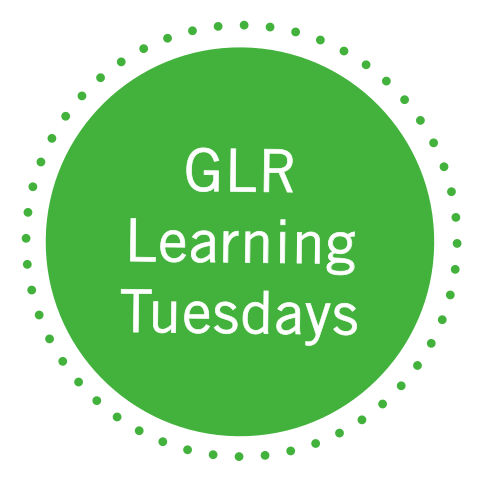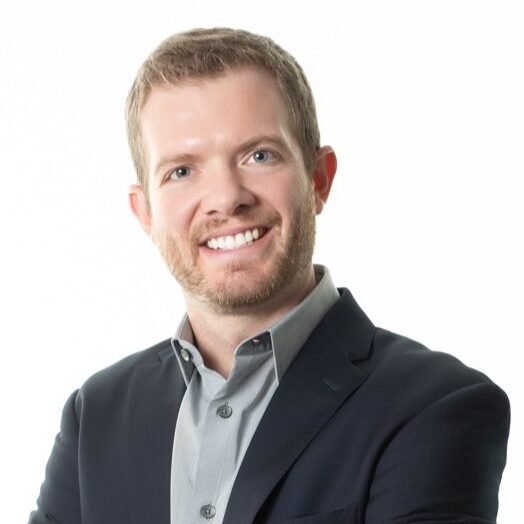
- This event has passed.
How States Can Close the Distance Learning Digital Divide: A Look at Three State Models

In this third webinar focused on digital equity, Dr. Laurey Stryker, consultant at The Patterson Foundation, moderated a conversation with Amina Fazlullah, General Counsel at Common Sense Media (CSM) and Jack Lynch, Director of State Engagements at EducationSuperHighway (ESH), that focused on the role of states in helping to close the distance learning digital divide. Fazlullah shared highlights of CSM’s recent report, Closing the Digital Divide in the Age of Distance Learning, including the impact of the digital divide on rural communities and Black, Latinx and Native American households and the cost of closing the digital divide. Fazlullah and Lynch then introduced and discussed three key essential areas for states to consider in an effort to help close the digital divide: assessment, procurement and funding.
- Assessment — understanding which students are impacted by the digital divide and tracking progress;
- Procurement — approaches to delivering solutions; and
- Funding — how states are directing funding, specifically CARES Act dollars, for K-12 home access and what the ongoing need will be.
In these essential areas, several states rose to the top as models to learn from including North Dakota, Texas and Connecticut. Their efforts around data gathering, partnerships with providers and targeting are helping to increase access to digital learning for more students. In terms of next steps for parents, funders and school leaders, presenters focused on four areas: 1) conduct a detailed needs assessment; 2) check on initiatives happening in your states; 3) explore partnership models with local service providers; and 4) advocate to state and federal representatives for more funding for home access.
Commentator Claire Park of the Open Technology Institute at New America emphasized the federal duty to collect accurate data on broadband deployment arguing that states need this data. She also shared the importance of removing state legislative barriers to municipal broadband, which exist in many states.
This is the third in a series of webinars focused on the digital divide. In the first session, we examined the scope, extent and dimensions of the digital equity problem, and in the second session, we began exploring solutions at the local and municipal level.





